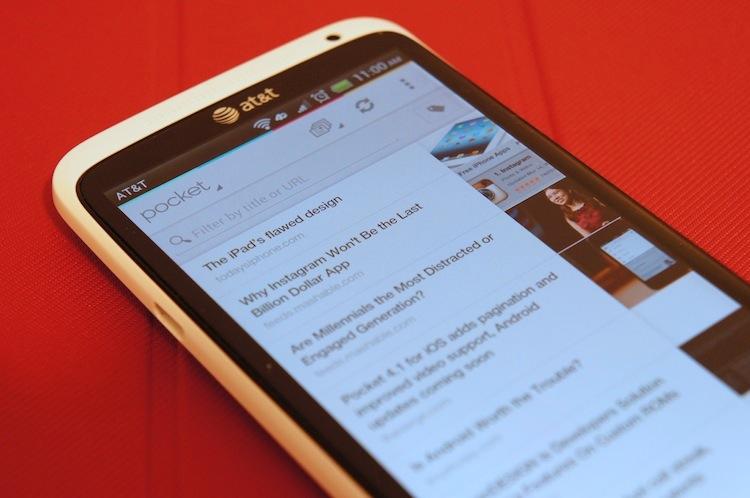
Every day, I constantly stumble across awesome headlines, videos, pictures and other various Web content. But it isn't alway possible or convenient for me to drop everything I'm doing to read an 11,000 scoop on scams or watch a 30-minute video about children being kidnapped in Africa in the middle of the work day. Or if I find a longer article on my phone, it's usually easier to read from my tablet. Or if the article has a lot of other visual or Flash content, it may be easier to pick it up on my computer.
Three years ago, if I wanted to share a single article – or even an entire day’s worth of discovered content – between my arsenal of devices, I would have copied and pasted the array of links into an email and sent them the old fashioned way. There's a reason this is considered ”old fashioned”. It's time consuming, clunky and a very poor, archaic way of synchronizing content.
When Google introduced Chrome to Phone for Froyo devices in 2010, I couldn't have been any happier. I could send any page I was viewing in Chrome on my desktop straight to my phone with a single click. The page would either automatically launch on the phone, or launch when the user tapped the Chrome to Phone notification. But that was the extent of the Chrome to Phone feature. Google one-upped themselves when they launched Chrome for Android by syncing tabs across devices (i.e.: from my phone, I can view my open Chrome tabs on my Android tablet or MacBook). Again, function is limited when you want to go from mobile back to the desktop.
That's where the increasingly popular ’read later’ services are irreplaceable. Some of the more popular save for later services around are Instapaper, Readability and Pocket (formerly Read It Later).
But these services do not simply create bookmarks to different Web pages you have come across. They add a readability factor to the articles and other content you save. In other words, they strip all of the nonsense – the ads, the hyperlinks, some excessive pictures, etc. – and display articles in a format better suited for uninterrupted reading, much like that of an eReader app. Most of the more well-known applications have found their way to both Android and iOS, and some developers have even made it possible to share with these services from within other apps.
In iOS 5, Apple introduced a similar feature, built into the native Safari Web browser, called Reading List. Through iCloud, your pages in your Reading List can be synchronized between all of your iDevices and Safari on Mac.
Unlike sending emails to myself with anywhere from one to upwards of 30 links, using these services are fast, simple and frictionless.
My app of choice is Pocket. I have been a Read It Later user since I first bought an iPhone in February 2011. I used it occasionally. But it, more or less, turned into a vault for articles that I would never come back and read. After the rebranding to Pocket and a total redesign from top to bottom, however, I use Pocket almost religiously. Every single day. It's usually the first application I open on my devices when I lay down a night to do some reading, and it's the first app I open in the morning when I need to recall the content I saved the night before.
I also use the tab sync in Chrome for Android from time to time, especially when I forgot to Pocket something and know I left it open on my MacBook. And I have found a Chrome (desktop) extension, appropriately dubbed Phone 2 Google Chrome, that enables me to send a page from any Android browser to Chrome on my desktop via Dropbox sync. However, it’s easier and quicker to just use Pocket in most cases.
Tell me, readers. Do any of you use a ’save for later’ service to synchronize and save content between your devices. If so, which app or service do you find the most fitting for the job?